Chile Criollo: The Secret Ingredient Behind Mexico’s Most Soulful Dishes – A Spicy Journey for Spice Lovers!
Table of Contents
- Introduction to Chile Criollo
- A Taste of History: Origins of Chile Criollo
- Flavor Profile & Heat Level
- How to Use Chile Criollo in Your Kitchen
- Chile Criollo vs. Other Mexican Chiles: A Visual Comparison
- Buying Guide: Choosing the Best Chile Criollo Products
- Top 5 Recipes You Can’t Miss with Chile Criollo
- Conclusion: Why Chile Criollo Deserves a Spot in Your Spice Rack
Introduction to Chile Criollo
Have you ever bitten into a mole sauce and wondered what gives it that deep, earthy, almost smoky warmth? There's a good chance chile criollo is playing its part behind the scenes. Often overshadowed by spicier siblings like habanero or jalapeño, chile criollo might not scream the loudest on the Scoville scale, but oh boy, does it sing when it comes to flavor.
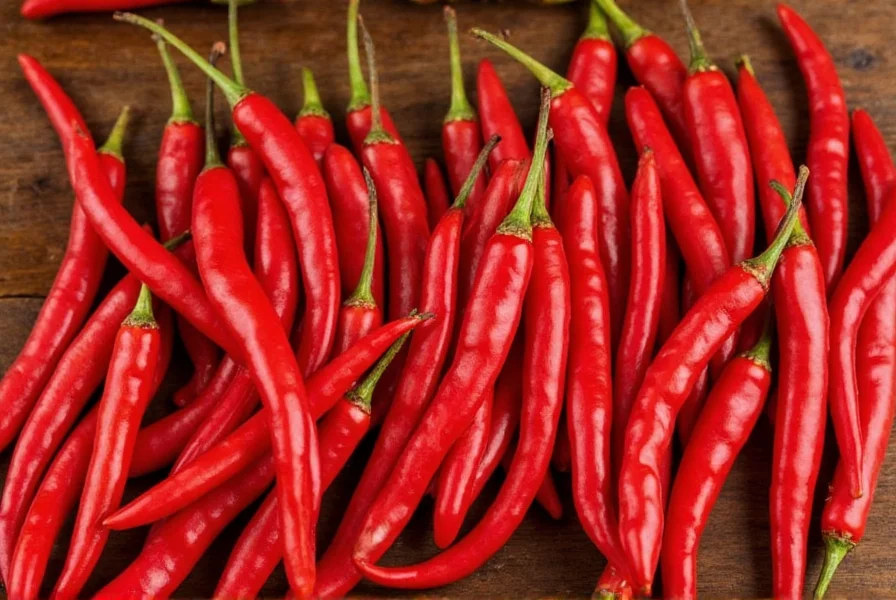
This vibrant red pepper — often dried and used whole or ground — is one of the pillars of traditional Mexican cuisine. From tamales to sauces, it adds complexity without overwhelming heat. Whether you're a home cook exploring global spices or a pro chef looking to deepen your flavor game, understanding chile criollo can be a game-changer.
A Taste of History: Origins of Chile Criollo
Long before it became a staple in kitchens across Mexico, chile criollo was cultivated by indigenous communities in central and southern regions of the country. Known botanically as Capsicum annuum, it's believed to have been domesticated from wild ancestors thousands of years ago.
The name “criollo” means 'native' or 'local', highlighting its deep roots in Mexican culinary traditions. In colonial times, Spanish settlers documented its use among native populations, particularly in dishes like mole poblano, where its subtle fruitiness and moderate heat blend seamlessly with chocolate, nuts, and spices.
Flavor Profile & Heat Level
If chile criollo were a person at a party, it would be the charming storyteller—never too loud, always compelling. Let’s break it down:
- Heat Level: Mild to medium, ranging from 1,000 to 2,500 Scoville Heat Units (SHU)
- Flavor Notes: Smoky, earthy, slightly sweet, with a hint of dried fruit
- Texture: Thin-walled, easy to toast and grind
Compared to other chiles, it's not going to set your mouth on fire, but it definitely brings character to the table.
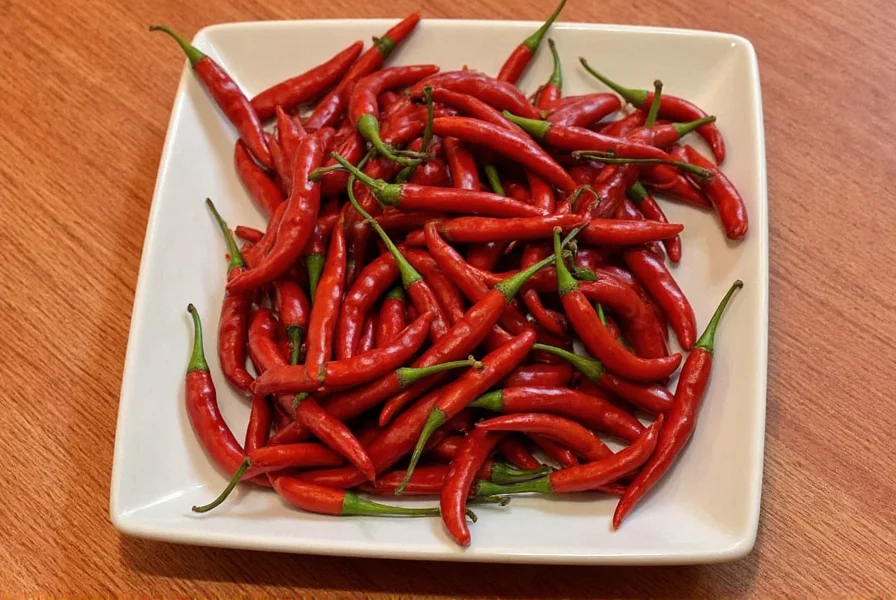
How to Use Chile Criollo in Your Kitchen
You don’t need to be a Mexican grandmother to fall in love with chile criollo. Here are some practical tips for incorporating it into your everyday cooking:
- Toasting: Lightly toast the dried peppers in a dry skillet to unlock their aromatic oils.
- Rehydrating: Soak in hot water or broth for 15–20 minutes before blending into sauces.
- Grinding: Turn toasted peppers into powder for seasoning rubs or spice blends.
- Stocking Up: Store dried whole pods in an airtight container for up to a year.
Pro Tip: Try mixing chile criollo powder with garlic powder, cumin, and lime zest for a homemade taco seasoning that’ll make your kitchen smell like Oaxaca.
Chile Criollo vs. Other Mexican Chiles: A Visual Comparison
Understanding how chile criollo stacks up against other popular chiles can help you choose the right spice for your dish. Check out this quick comparison:
| Chile Variety | Heat Level (SHU) | Main Flavor Notes | Best For |
|---|---|---|---|
| Chile Criollo | 1,000–2,500 | Earthy, Smoky, Fruity | Mole, Salsas, Rubs |
| Guajillo | 2,500–5,000 | Berries, Tea-like | Soups, Marinades |
| Ancho | 1,000–2,000 | Sweet, Raisiny | Mole, Stews |
| Jalapeño | 2,500–8,000 | Grassy, Tangy | Tacos, Nachos |
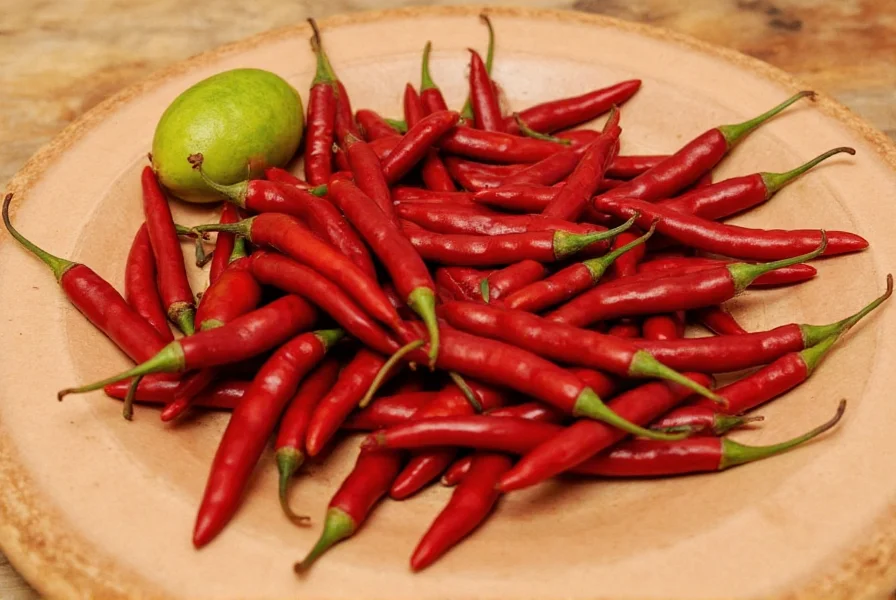
Buying Guide: Choosing the Best Chile Criollo Products
Ready to stock your pantry with chile criollo? Here’s what to look for when shopping:
- Whole Pods: Look for smooth, unbroken skin with a deep red color. Avoid any signs of mold or brittleness.
- Ground Powder: Ensure it’s stored in a sealed package and smells fresh, not musty.
- Brands: Trusted names include Dona María, La Costeña, and Goya, though local Mexican brands often offer superior quality.
Recommended Products
- Dona María Chile Criollo Whole Pods
- Features: Premium quality, naturally sun-dried
- Advantages: Ideal for rehydrating and grinding
- Use Case: Mole, salsas, marinades
- Audience: Home cooks and professional chefs
- Occasion: Weeknight dinners, holiday feasts
- Goya Chile Criollo Ground
- Features: Pre-ground for convenience
- Advantages: Ready to use in rubs or spice blends
- Use Case: Seasoning meats, soups, tacos
- Audience: Busy cooks, beginners
- Occasion: Quick weeknight meals, casual gatherings

Top 5 Recipes You Can’t Miss with Chile Criollo
- Mole Poblano – The classic Mexican sauce that puts chile criollo center stage alongside chocolate, almonds, and spices.
- Chorizo de Mesa – A delicious vegetarian version of chorizo made with wheat gluten, tomatoes, and yes—you guessed it—chile criollo.
- Rajas con Crema – Creamy roasted poblano strips get a boost with a dash of chile criollo powder.
- Adobo Sauce – Blend soaked chile criollo with garlic, vinegar, and oregano for a rich base perfect for chicken or tofu.
- Homemade Tortilla Chips Seasoned with Chile Criollo – Add a sprinkle of chile criollo powder to masa dough for a smoky twist on regular chips.
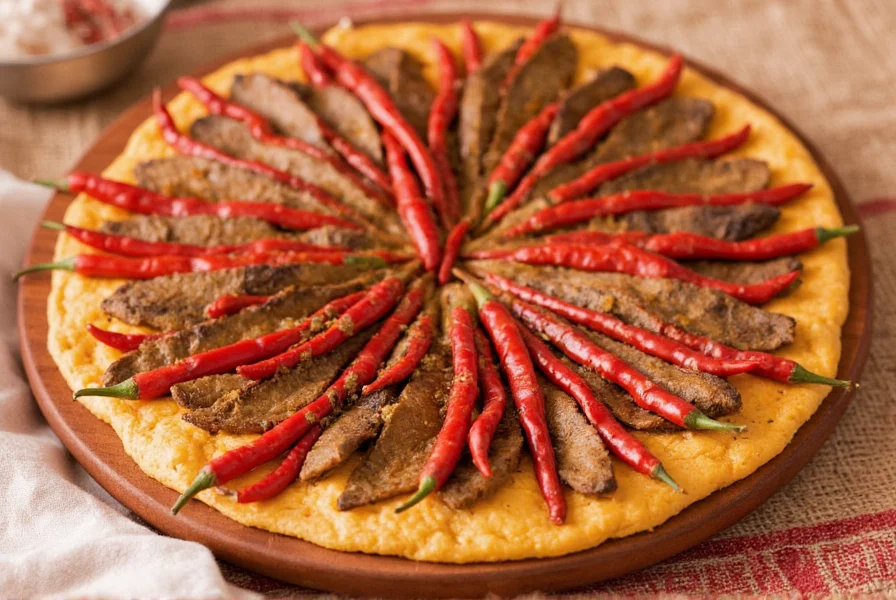
Conclusion: Why Chile Criollo Deserves a Spot in Your Spice Rack
In a world full of flashy, fiery peppers, chile criollo is like the quiet genius in the corner—unassuming but deeply impactful. Whether you’re a fan of traditional Mexican food or just someone who appreciates complex flavors, this humble pepper has earned its place on your shelf.
So next time you're reaching for chipotle or ancho, give chile criollo a chance. It may not punch you in the face with heat, but it’ll wrap your taste buds in a warm, spicy hug that lasts long after the last bite.
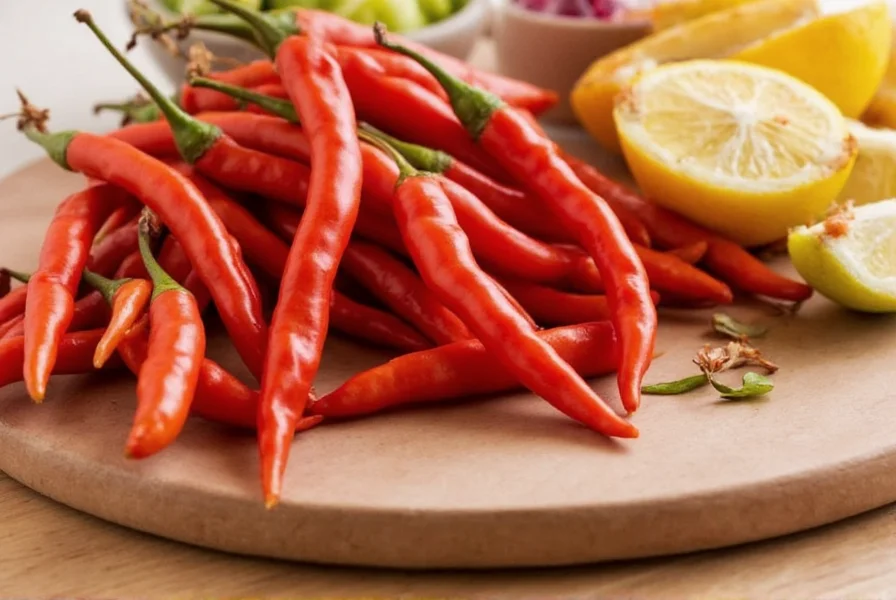

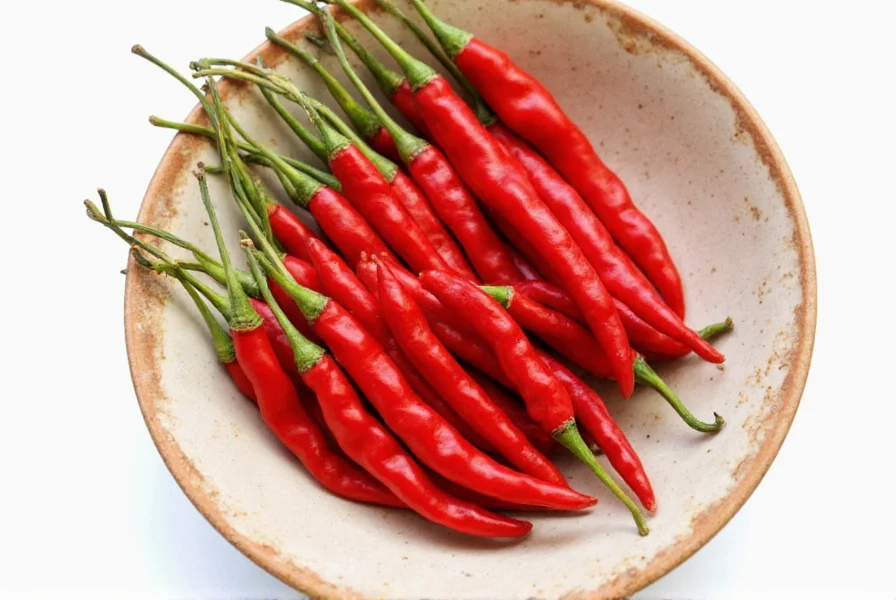









 浙公网安备
33010002000092号
浙公网安备
33010002000092号 浙B2-20120091-4
浙B2-20120091-4